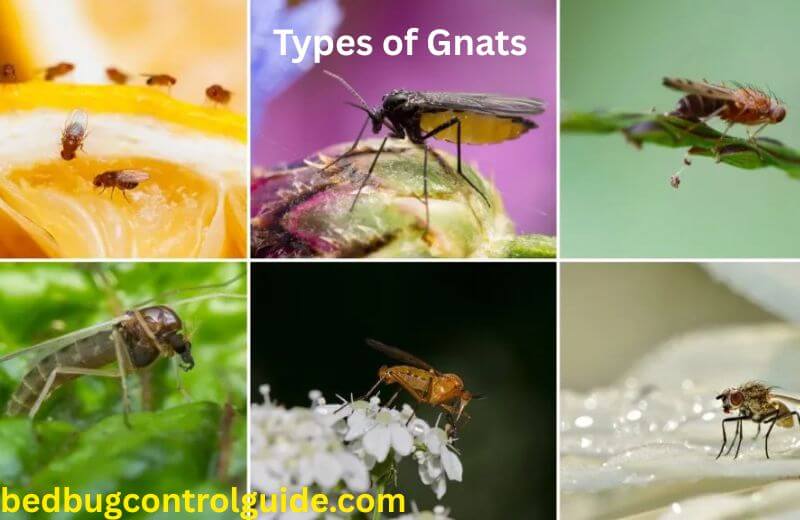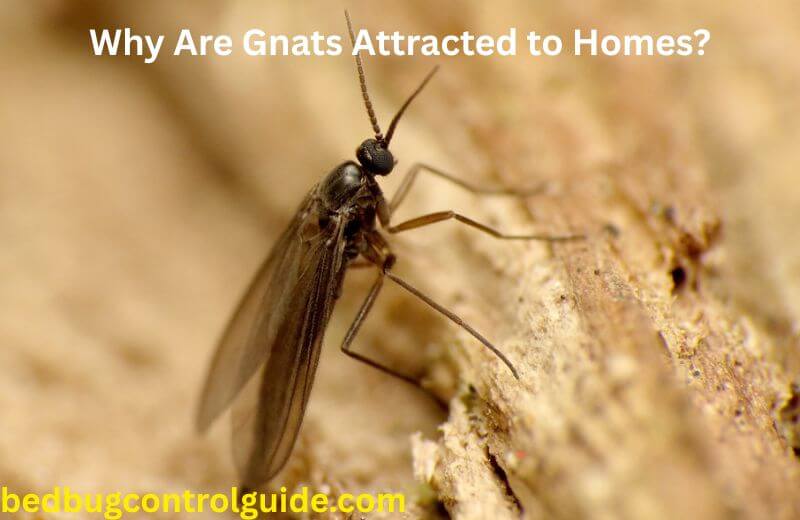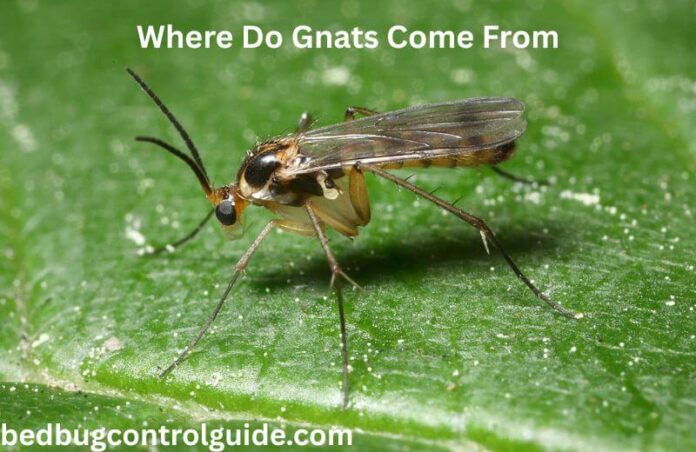Gnats are tiny flying insects that seem to appear out of nowhere. They can become a big nuisance in your home, buzzing around food, plants, and drains. But where do gnats come from, and how can you stop them? Knowing their origins and solving the problem quickly can help you keep your home clean and pest-free.
Where Do Gnats Come From?
Where do gnats come from in the house? They often sneak in through openings like cracks in windows and doors or hitch a ride on contaminated items like potted plants, fruit, or even damp towels. Their small size makes it easy for them to enter unnoticed.
Common Gnat Breeding Grounds
Gnats lay eggs in damp places with decaying organic matter. Here are some common gnat breeding grounds:
- Overwatered Plants: Fungus gnats love moisture in soil and thrive on decaying plant material.
- Drains: Clogged drains, especially in kitchens and bathrooms, offer moisture and organic buildup that gnats use to breed.
- Garbage Cans: Leftover food and garbage provide both food and a perfect spot for gnats to lay eggs.
- Compost Piles: Organic waste attracts gnats due to its strong smells and moisture.
Types of Gnats

The most common types of gnats found in homes include:
- Fungus Gnats: Found around houseplants.
- Fruit Flies: Attracted to overripe or decaying fruits and vegetables.
- Drain Flies: Breed in the organic matter lining drains.
By identifying these gnat breeding grounds, you can take the first step to control them. Read also Fungus Gnats vs Fruit Flies: How to Tell the Difference in 2025
Why Are Gnats Attracted to Homes?

Why are gnats attracted to your house? A few specific factors can explain their sudden appearance and growing numbers.
- Moisture
Gnats need moisture to survive and lay eggs. Damp soil, leaky pipes, or standing water attract them easily.
- Decaying Organic Matter
Gnats are drawn to food waste, like fruit scraps and rotting vegetables. This includes food left out and garbage that isn’t taken out regularly.
- Certain Smells
Overripe fruits or fermenting can draw gnats in. Even some cleaning products with sweet smells may accidentally invite them.
Understanding gnat infestation causes like these can help you address the problem at its source. Follow Us on Facebook, Pinterest and Twitter for the latest updates.
Prevention Tips
The best way to deal with gnats is to stop them before they become a problem. Here are some easy and effective gnat prevention tips to try.
Seal Entry Points
- Check your windows and doors for cracks or holes and seal them properly.
- Make sure window screens are intact and fit tightly.
Proper Food Storage
- Refrigerate fruits and vegetables to keep them fresh and out of reach for gnats.
- Store dry pantry items and produce in airtight containers.
Maintain Cleanliness
- Regularly clean kitchen counters, sinks, and drains to remove any organic buildup.
- Take out the garbage often and clean garbage cans to avoid lingering smells.
Control Moisture
- Fix leaky faucets or pipes to reduce moisture around your house.
- Avoid overwatering indoor plants and ensure they have proper drainage.
By acting on these prevent gnats tips, you can keep them from turning your home into their breeding ground. Read our latest post on Fruit Flies vs Gnats: How to Tell the Difference in 2025
Treatment Tips
If gnats have already invaded your space, don’t worry. Here are some effective gnat treatment methods to get rid of them.
Use Gnat Traps
- Make an apple cider vinegar trap by mixing vinegar and dish soap in a bowl. Gnats are drawn to the vinegar but get trapped in the liquid.
- Sticky traps designed for flies work well for catching gnats. Place them near problem areas like plants or garbage bins.
Clean Drains
- Pour boiling water or a diluted bleach solution down drains to kill larvae. They often build up in kitchen or bathroom drains.
Adjust Plant Care
- Allow potted plants to dry out between waterings. Gnats are less likely to lay eggs in dry soil.
- Use insecticides or sand to cover the soil and create a barrier.
Remove Infested Items
- Throw away any overripe fruits or vegetables that have attracted gnats.
- If you notice houseplants with significant gnat activity, consider replacing the soil or, in severe cases, discarding the plant.
Using these get rid of gnats methods can take care of them quickly and effectively.
Conclusion
Gnats may be small, but their presence can quickly grow into a big problem. Knowing where do gnats come from in the house is the key to preventing them. By sealing cracks, managing moisture, and keeping your home clean, you can stop gnats before they take over. If they do appear, use traps, clean drains, and adjust plant care for effective gnat treatment. Stay proactive, and your home will stay gnat-free!
Read Our Latest Post on Bed Bugs:
- Skin Early Signs of Bed Bugs? Identification, Prevention
- What do Bed Bug Bites Look Like on Human Skin: Identification, Treatment, and Prevention
- Where Do Bed Bugs Come from in the House? Prevention, Treatment, How to Control Them
FAQs
What’s the fastest way to get rid of gnats in your house?
Set up apple cider vinegar traps around problem areas. Clean your drains and remove any items that could be breeding grounds.
How do I get rid of gnats when I can’t find the source?
Focus on cleaning potential areas like drains, garbage cans, and overwatered plants. Keep all spaces dry and sanitized.
How to prevent gnat infestation?
Seal entry points, store food properly, reduce moisture, and clean your home regularly to prevent gnats. These steps keep breeding grounds away.
What smell do gnats hate?
Gnats dislike strong scents like peppermint, citronella, and lemon. Using essential oils with these scents can repel them.
Where do gnats lay their eggs in a house?
They typically lay eggs in moist, decaying areas such as soil in overwatered plants, clogged drains, garbage, or compost.
Why do gnats suddenly appear?
Gnats often appear due to increased moisture (like overwatering plants) or uncovered food like fruit, which serves as a food and breeding source.



